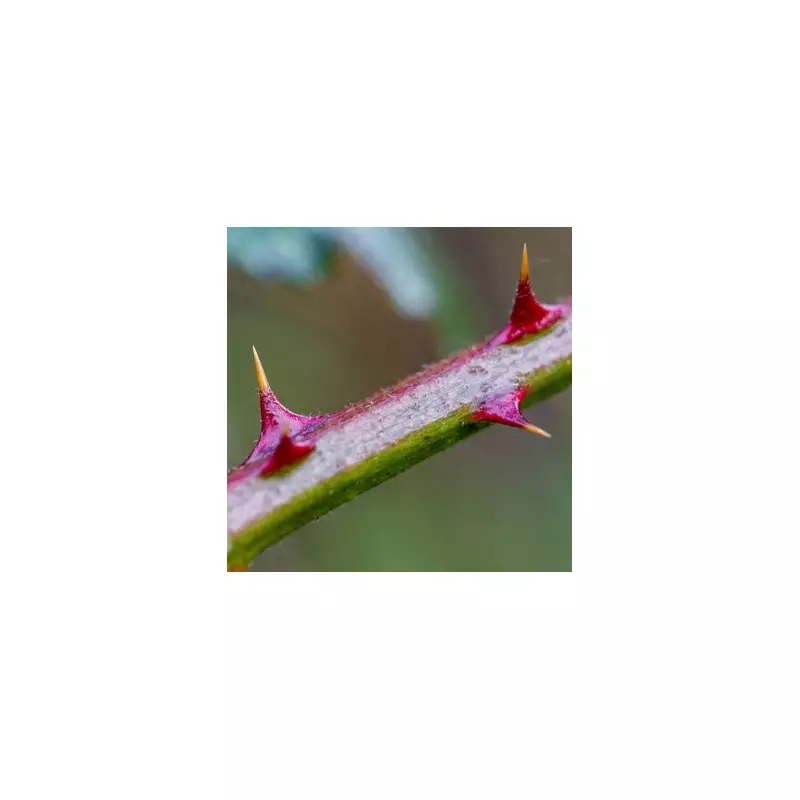
As the chill of late autumn sets in, gardeners across the UK are being urged to turn their attention to a crucial task that cannot be postponed. If brambles have taken root in your outdoor space, November is the essential month to act, according to expert advice.
Why November is the Prime Time for Bramble Control
The key to understanding this seasonal urgency lies in the plant's lifecycle. Gardening specialist Ish, known on TikTok as gardening.with.ish, explains that brambles enter a dormant stage during November. This natural slowdown makes them significantly easier to manage.
"Late winter, early spring is a really good time to cut them back because they're at their dormant stage," Ish confirmed. During this period, the foliage becomes less dense, allowing you to clearly see the cane structure and making the entire job less strenuous for both you and the plant.
The Step-by-Step Guide to Bramble Removal
Ish, who admits to constantly battling brambles in his own garden, recommends a systematic approach. To begin, you'll need to gather gloves, secateurs, and a shovel before starting the removal process.
"Now to start off getting rid of your brambles, you'll want to take the biggest parts first," he advises. "These long branches, get them cut back as much as you can, and you can break them up into pieces and put them in the bin as you go along. Work your way all the way to the end until you get to the stump."
Once you've reduced the brambles to their base, the next critical phase begins. "Now is a really good time to try and dig it out," Ish continues. "You want to try and make a bit of a perimeter around it with your spade, and then slightly tease it out, avoiding breaking as many roots as you can. The more you get out, the more success this won't grow back."
Essential Safety Measures and Professional Help
While Ish provides practical removal techniques, safety remains paramount when dealing with these thorny plants. Protective clothing is non-negotiable – thick gloves, long sleeves, trousers, and eye protection should all be worn to prevent injuries from sharp thorns.
For particularly stubborn or large bramble patches, you might consider using a brush cutter or hedge trimmer to begin the process. The Royal Horticultural Society recommends using a fork to carefully dig out the roots to prevent regrowth.
Ish acknowledges that complete bramble eradication requires persistence. "I'd love for this to be an instant result but, unfortunately, it takes a bit of time," he admits. His experience even revealed a hidden garden bench completely engulfed by the overgrowth, demonstrating how quickly brambles can dominate a space.
For those with allergies or asthma, additional precautions like wearing a face mask can provide valuable protection from airborne debris and allergens. If the task proves too daunting, seeking advice from a professional gardener is always a sensible option to ensure the job is done thoroughly and safely.
By taking action this November, you're not just clearing unsightly growth – you're giving your garden the best possible foundation for flourishing when spring arrives.





